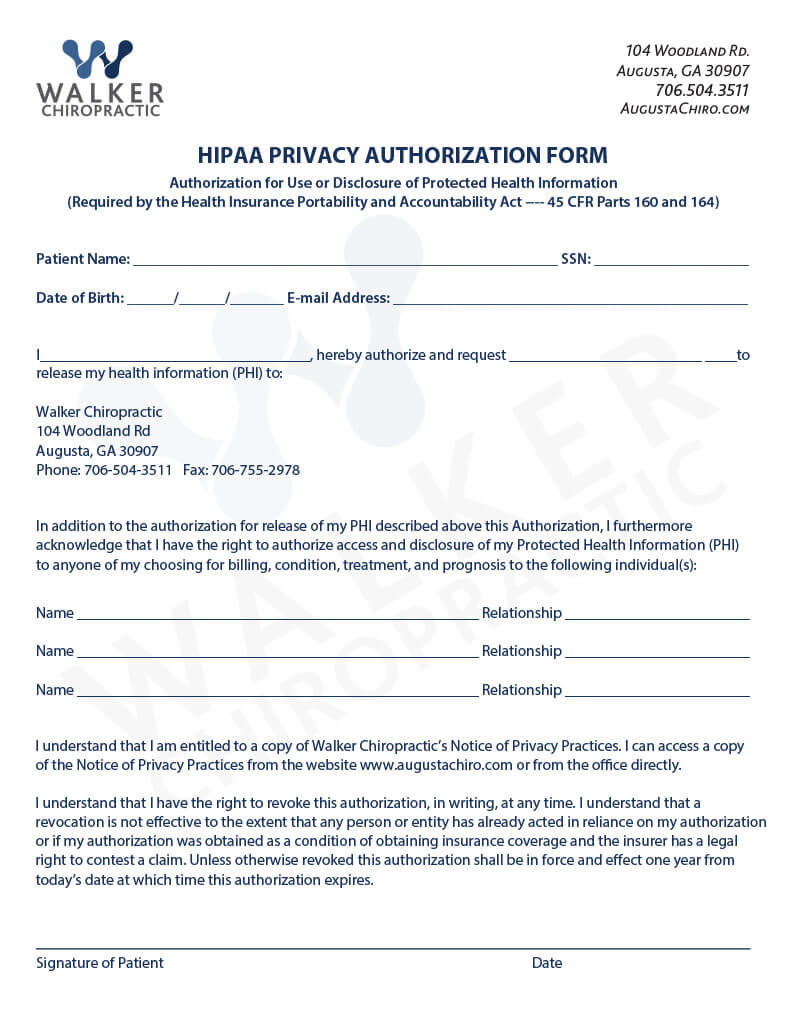

It is incumbent upon us as small business owners to ensure a safe, non-discriminatory working environment and to pay our staff no less than the minimum wage. Here’s a whole separate set of requirements, and ones we have an obligation to keep at the forefront of our minds as well. One more compartment: Employment Compliance. It’s also illegal to induce federally insured patients by giving them any remuneration in excess of $15 per incident, with a total aggregate of $75 per year.

Quite simply, it’s illegal to charge an insurance company a higher fee than the patient who is paying you cash for the same service with the same CPT® code. This is your practice’s requirement to have a fee system in place that avoids the risks of dual fee schedules and/or inducement. Open that rather large and messy compartment adjoining, and you’ll find Financial Compliance. You and your practice are legally mandated to follow the seven-step program-not just to stay out of trouble, but because by doing so, you will help eliminate fraud, waste, and abuse and save the country millions of dollars each year. At that time, it was a “strong suggestion.” Today, as part of the Affordable Care Act, this is now law. Originally noted in the Federal Register in the year 2000, the Office of the Inspector General defined a seven-step program to be carried out in every individual and small group practice. In another compartment resides OIG Compliance, an agreement that requires practices to police themselves regarding proper documentation and coding, and that requires that we bill with the intent to minimize fraud, waste or abuse. HIPAA, itself an acronym for the Health Insurance Portability and Accountability Act, was passed by Congress in 1996 and protects health insurance coverage for workers and their families while between jobs, establishes standards for electronic health care transactions and addresses the issues of privacy and security of personal health care information. Either way, if you skip some of the house rules, you’re in trouble.Ĭonsider the compartment labeled “HIPAA Compliance.” HIPAA requires us to protect our patients’ Protected Health Information (PHI). But meeting the requirements of one or some of the compartments without meeting all of them is no more effective than cleaning your plate without cleaning your room back when you were a kid. Because the healthcare industry is so highly regulated, this cabinet is quite sizeable, and the number of compartments are many. It might help to give compliance a visual: imagine it as a cabinet made of many compartments, with each compartment holding a different requirement.

It says:Ĭompliance: the act or process of doing what you have been asked or ordered to do conformity in fulfilling official requirements (emphasis mine). My answer always starts with the most basic, Merriam-Webster’s dictionary definition.

It was, as always, a good and very worthwhile talk.


 0 kommentar(er)
0 kommentar(er)
